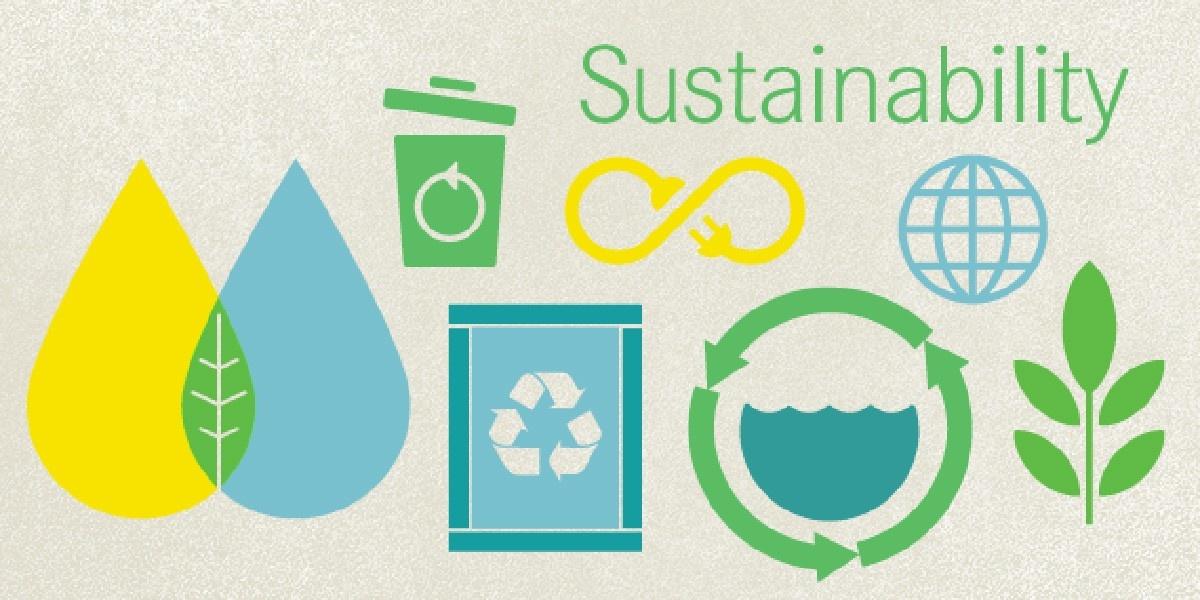A Cry for Sustainable help
Have you ever wondered what would happen to the earth if we continue on this roller coaster called unsustainable living? The environment has a remarkable ability to sustain itself. However, human behaviours disrupt the natural environment and threaten environmental sustainability. Current trends and patterns of resource-use, coupled with a rapidly changing, increasingly unequal balance of climate change, are impacting human-environment interactions in critical and unsustainable ways.
According to Namibia Environmental and Climate Change Policy Brief, Namibia is the driest country in Sub-Saharan Africa. Of the country’s landmass, 92% is identified as hyper-arid, arid or semi-arid. Rainfall is not only low but also highly variable and unpredictable over time and space. Drought periods are endemic due to disturbance and shifts in the global circulation pattern and the El Nino phenomenon.
In order for natural resources to be available in sufficient quantities for future generations, humans need to practice some degree of environmental sustainability. Environmental sustainability is the responsible interaction with the environment to avoid depletion or degradation of natural resources and allow for long-term environmental quality. In other words, if humans exploit natural resources or leave a path of destruction and pollution as they strive for more prosperity, without allowing the environment an opportunity to replenish itself, future generations will be unable to meet their needs.
The insensible state of human beings has become a threat to environment sustainability, leading to the ignorance of their surrounding and only realizing their destructive behaviour when the impact is felt. The impact is felt whennatural resources become scares and through unsustainable use and climate change.
Namibia for instance, has perhaps one of worst climatic conditions in Africa. Namibia is mostly desert, hot and dry with rainfall very sparse and inconsistent. Prolonged periods of drought remain a major problem in Namibia today. This doesn’t favour agriculture at all in most parts and in drought years, food shortages remain major problems especially in the rural areas. Limited natural freshwater resources, wildlife poaching, land degradation, desertification just to mention a few remain some of the pressing environmental issues facing Namibia today.
All these environmental issues are one way or another affected by the ignorant state of human beings, neglecting their surrounding and only realising the effects when resources are hard to come by. Climate change, drought and floods should be a wake up call for people to move from unsustainable living and look for alternative ways to live sustainably.
The government, stakeholders and individual citizens should take appropriate action to ensure the attainment of the Sustainable Development Goals (SDGs) and targets set out in the COP 21 Paris Agreement. Joint action will enable the country to effectively address issues such as climate change, droughts and floods. President Hage Geingob officially declared a state of emergency in 2016 due to the ongoing drought, while the government set aside N$90 million for drought relief. This declaration is one of the ways the government is dealing with the ongoing drought in the country. The construction of the Neckartal dam in //Karas region is another way of combating drought as well as floods.
Apart from actions taken by the government and institutions, individuals also have a role to play. Here are some actions that can be taken every day to reduce your ecological footprint or the mark you leave on your natural environmental and its resources.
- Choose energy-efficient appliances and light bulbs. This reduces the amount of fossil fuel used, or alternatively switch to solar power.
- Saving water: like turning off the tap when you are brushing your teeth or shaving. Try to collect the water used to wash vegetables and salad to water your houseplants.
- Lower your shades or close your curtains on hot days, to keep the house cool and reduce the use of electric fans or air-conditioning.
- Consider ways that you can reduce your driving. If there’s adequate public transportation where you live, try using it. It is nearly always a greener option than driving a car.
Some simple steps like the abovementioned can go a long way in saving the environment and it natural resources. By practicing these steps we reduce our carbon footprint and save the Earth from climate change.
Sources
https://www.sida.se/globalassets/global/countries-and-regions/africa/namibia/environmental-policy-brief-namibia.pdf
https://study.com/academy/lesson/human-behaviors-that-threaten-environmental-sustainability.html
https://www.africaw.com/major-problems-facing-namibia-today
https://www.namibian.com.na/72493/read/Drought-looms-in-Namibia
https://www.namibian.com.na/71823/read/Neckartal-Dam-almost-complete
When you subscribe to the blog, we will send you an e-mail when there are new updates on the site so you wouldn't miss them.
